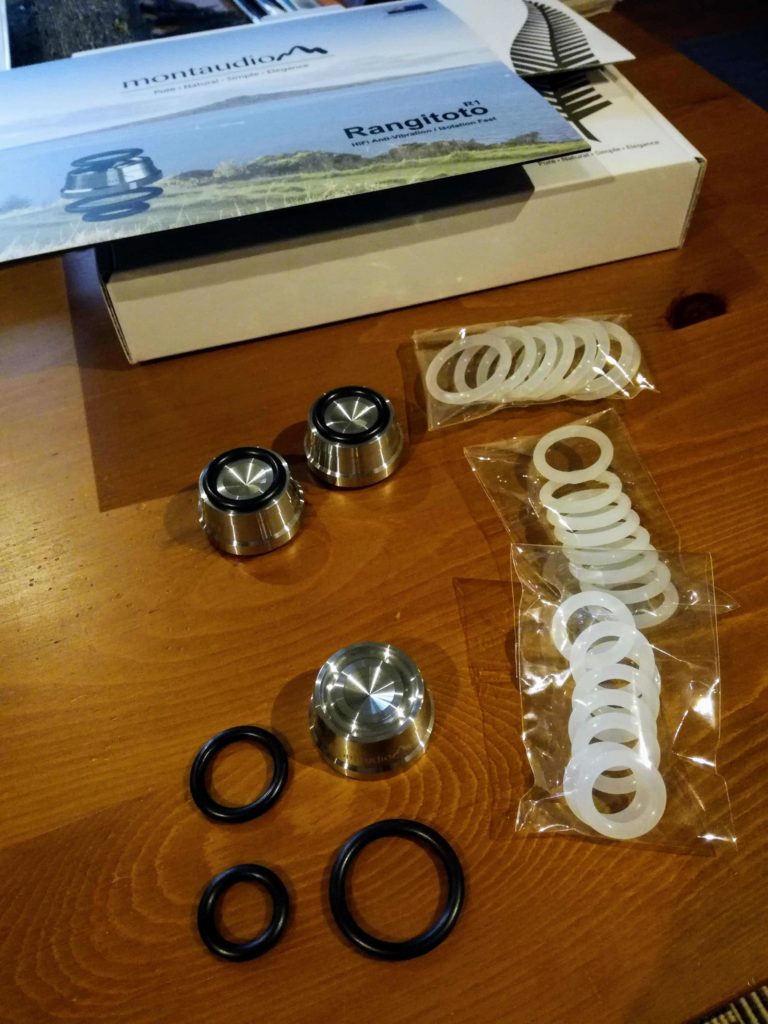While the US media parrots Trump’s allegations about shady goings-on at Huawei, PAT PILCHER reports … it takes two to tango.
 The sheer volume of poorly researched opinion pieces from mainstream US media is but one of the most disappointing aspects of the US vs. Huawei debacle. Opinion pieces that appear to unquestioningly parrot Trump administration party lines.
The sheer volume of poorly researched opinion pieces from mainstream US media is but one of the most disappointing aspects of the US vs. Huawei debacle. Opinion pieces that appear to unquestioningly parrot Trump administration party lines.
And it’s disappointing seeing media willingly join the US-led anti-China/Huawei crusade.
There are always two sides to any story. But in this case, some balance is required. So here are some facts. So you can make up your own mind.
We are all aware of the accusations levelled at Huawei by the US and Five Eyes partners. But it turns out that America is potentially (in my view) also guilty of similar shady practices.
 Then there is the US media. A quick check online reveals a veritable avalanche of related stories. Stories on the evils of Huawei and China from US, UK, Australian, Canadian and New Zealand media outlets.
Then there is the US media. A quick check online reveals a veritable avalanche of related stories. Stories on the evils of Huawei and China from US, UK, Australian, Canadian and New Zealand media outlets.
Just yesterday, tech blog Engadget published a story on how the SD Forum (the body which licenses SD memory card technologies to tech manufacturers) stopped dealing with Huawei.
The story said that this represented a significant problem for Huawei. But … it failed to mention a not so insignificant fact. Which is, that Huawei has not used SD cards for almost two years (they use their own Nano-memory cards)!
Which renders the story meaningless.
“Perception translates into buying intentions, and it’s arguable that damage was done to Huawei”
After many reader complaints, decency prevailed. Engadget pulled x story. But the crucial thing is this: many readers had already unquestioningly bought into this poorly researched and factually incorrect nonsense.
Perception translates into buying intentions. And based on this, it’s arguable that damage was done to Huawei. This is also happening with many other media outlets, including several significant New Zealand publications.
 While we like to think of the US as the good guys (and let’s face it, they did save the West’s collective bacon in WW2!). But a growing pile of evidence has been steadily accumulating. It points to some allegedly very shady dealings from the US. These include spying on allies and “backdoors” built into US manufactured network equipment.
While we like to think of the US as the good guys (and let’s face it, they did save the West’s collective bacon in WW2!). But a growing pile of evidence has been steadily accumulating. It points to some allegedly very shady dealings from the US. These include spying on allies and “backdoors” built into US manufactured network equipment.
But hang on. Isn’t this the very same thing … the Trump administration alleges China and Huawei is doing?
“Huawei’s routers are independently checked by the UK’s GCHQ and so far, no back doors have been found at all”
Last year, US-based gadget blog Tom’s Hardware published a story on how backdoors – that is, vulnerabilities allowing unauthorised third parties to access a router to snoop on data – were found at least five times in the routers of a US network equipment manufacturer.
 Just to make matters abundantly clear, Huawei’s routers are independently checked by the UK’s GCHQ. And so far, no back doors have been found. At all
Just to make matters abundantly clear, Huawei’s routers are independently checked by the UK’s GCHQ. And so far, no back doors have been found. At all
Then there are spying allegations. The Trump administration contends China could use Huawei to spy on the US via 5G telecommunications networks.
This allegation forms the basis of the arguments used by Five Eyes partners for barring Huawei from supplying 5G network equipment. (The US network equipment manufacturer mentioned earlier, by the way, is free to bid on tenders with telcos around the world for 5G networks).
“The trouble is the US has been doing this very thing for over 30 years”
The trouble is the US has allegedly been doing this very thing for over 30 years. Back in the 1990s, a report compiled for the European Union highlighted how the US was allegedly abusing its electronic intelligence gathering network – known as Echelon.
This intelligence, says the report, was being passed onto US companies. So companies gain trade advantages; outbid foreign competitors. Several cases are highlighted in the report.
Then there’s the long list of alleged US-led spying. That surfaced via Edward Snowden, who has since been on the run from US intelligence agencies.
Clearly, the US is not as squeaky clean or fit to occupy the moral high ground as they’d like the world to think.
 The most worrying aspect of all this is that the US dominates English language media globally. And many alarmingly similar stories are appearing around the world. Stories which parrot Trump’s line: “China and Huawei are not to be trusted.”
The most worrying aspect of all this is that the US dominates English language media globally. And many alarmingly similar stories are appearing around the world. Stories which parrot Trump’s line: “China and Huawei are not to be trusted.”
The reality is that now might actually be a perfect time for world governments to start asking the US some hard questions. And to take a closer look at their questionable shady ethics.
The long, short and tall of this sorry saga is this: not everything you read about Huawei and China … is correct.
It’s more important than ever to research it thoroughly. And adopt a critical stance, as the amount of hype and noise around the US/China trade spat continues.
















Well written Pat, I have always been concerned about the USA rhetoric around Huawei